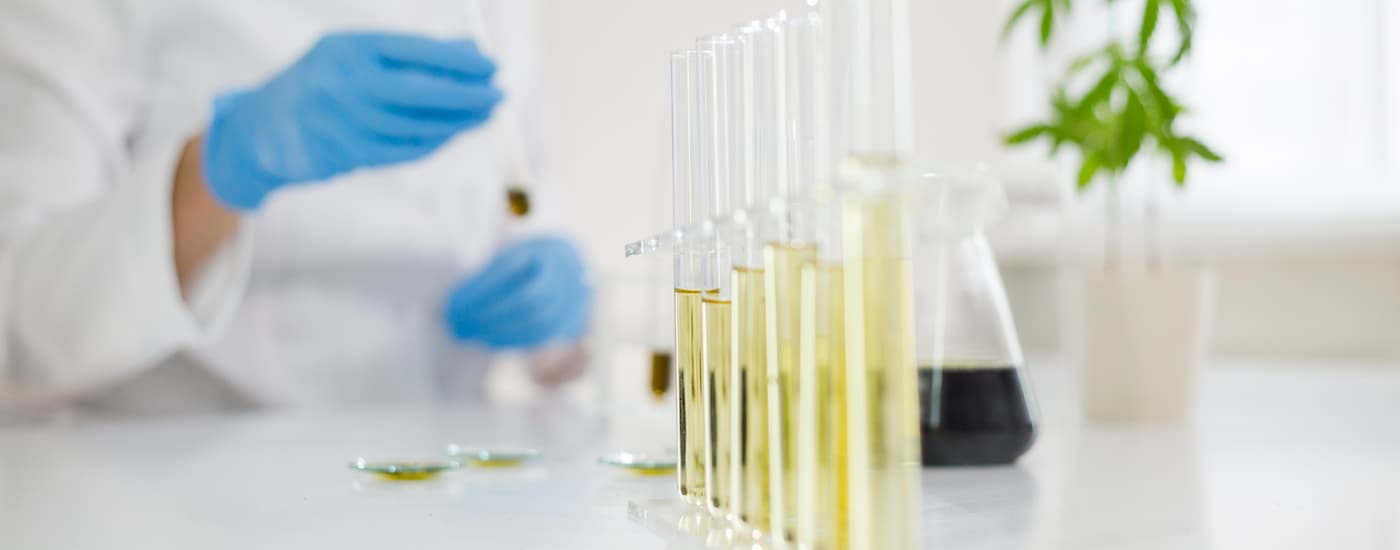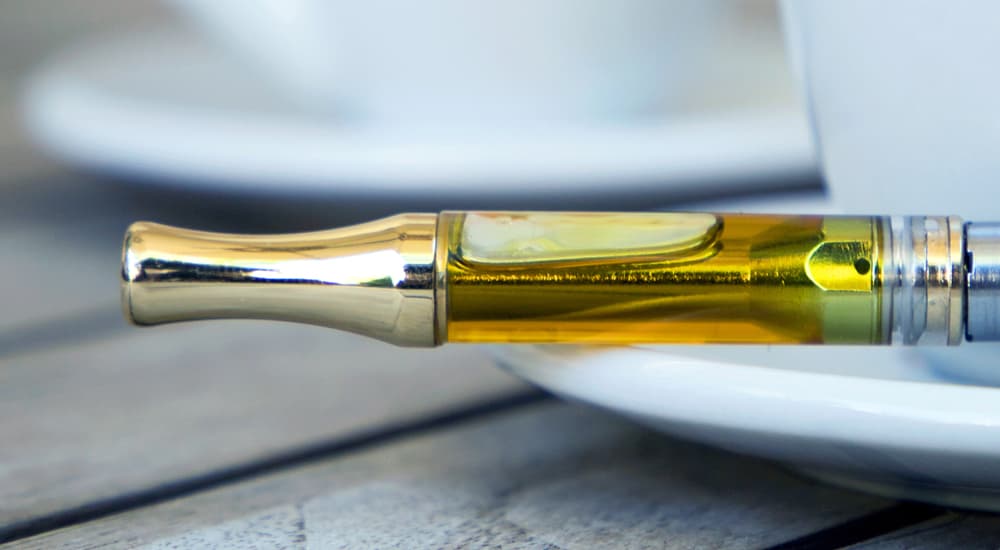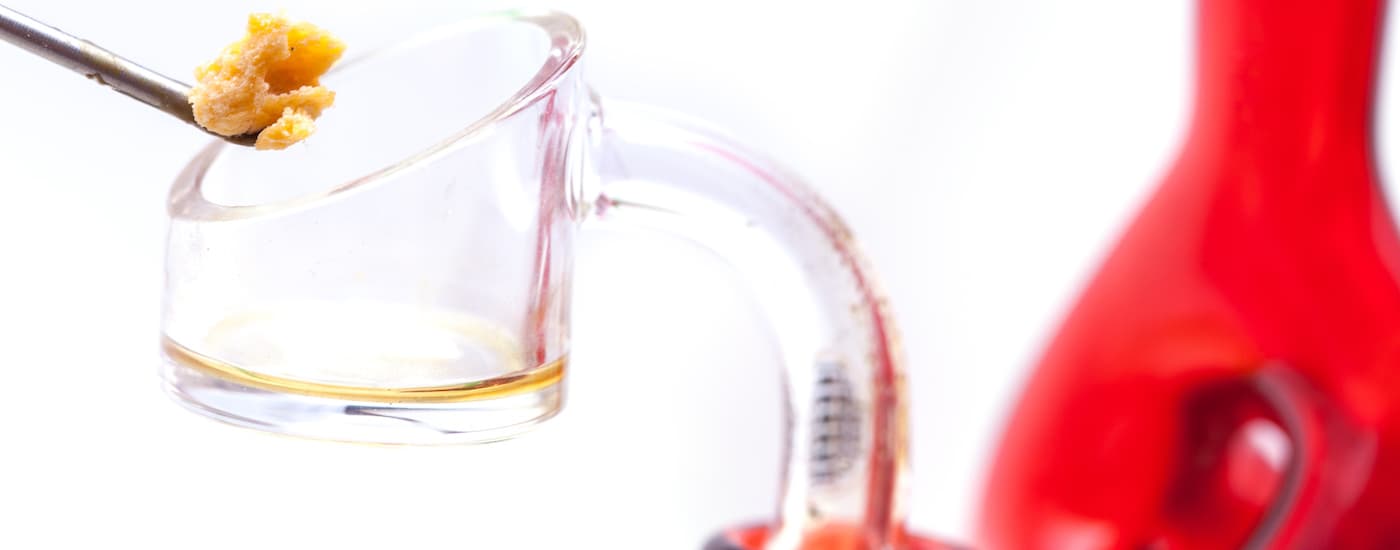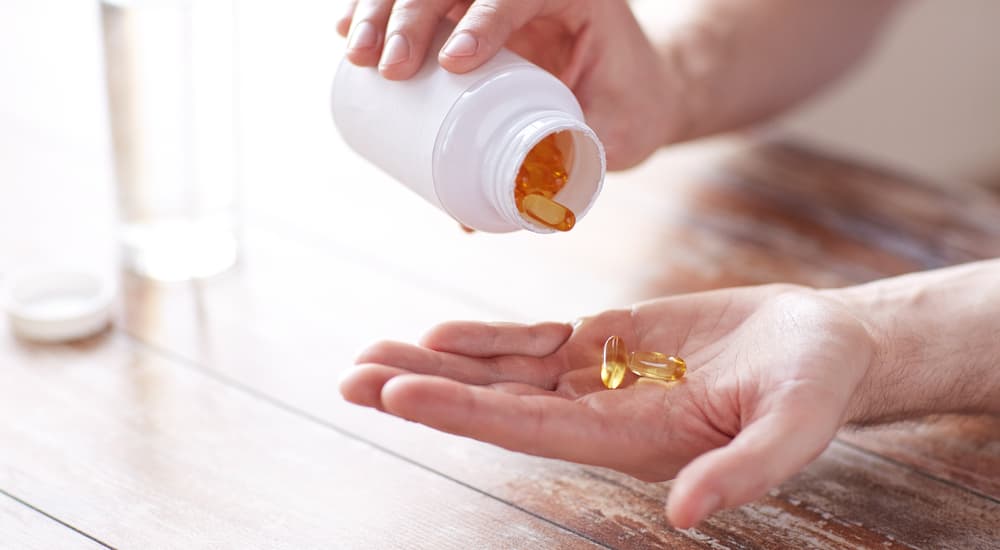We hear a lot of questions about different cannabis products every day from “what is kief?” to “what is a rig?” One of our most common questions is “what is oil?” In simple terms, oil is a type of concentrate; but now we are left with another important question: what is a cannabis concentrate? When cannabis goes through a solvent, solventless, or solvent-free process, it is reduced to a concentrated product with specific properties, such as high levels of THC or CBD.
An exciting piece of the refining process is that once you have your final cannabis concentration, the strain of cannabis used no longer matters. When you go to a dispensary, regardless of the concentrate you choose, it does not matter if the plant was originally Indica, Sativa, or a Hybrid. This results because it has been processed to have the desired consistency, use, and potency, which is entirely different than if you were simply buying the actual plant. When you buy a concentrate, you need to be aware of what you want out of the product, your desired delivery method, and the potency.
There are a few questions you should be asking yourself before you decide to use any cannabis product. Do you want to feel a high or would you prefer to stay more as you are? What is your current experience level cannabis? Do you want to smoke the plant, eat it, or ingest it in another form? All of these are valid and very important questions to ask yourself before walking into a dispensary, so you can walk out with what you want.
CBD vs THC

Cannabidiol (CBD) is an active ingredient in cannabis, but it alone will not get you high. CBD is what people use to treat various medical conditions such as insomnia, chronic pain, and even anxiety. There are many reasons people use CBD in its various forms. There are some problems with CBD that you need to be aware, as with all cannabis products. Dosage is not “one size fits all” and varies between users. Also, while not as common, some medications and even some peoples’ body chemistry can negatively react with the CBD, leading to some minor or severe side effects. All of that depends on the type of CBD being used and the user. You should talk to your doctor about CBD before you decide to use it if you think it is a good choice for you.
Tetrahydrocannabinol (THC) is the active ingredient in cannabis that gets you high. For some people, the high is what attracts them to the plant. There are other people who find this part of the plant also gives them some desired health benefits. For example, some users find that the THC helps them relax, eat, and sleep, while others find that THC makes the user more anxious or causes memory impairment. These effects, of course, have to do with the individual user, dose, and delivery method.
When you are ready to purchase your oil, think about what you would like to experience in terms of THC and CBD levels. The higher levels of THC should cause a euphoric response, while higher levels of CBD should produce a more clear-headed response. Of course, you can choose cannabis with a blend of both THC and CBD. When you have decided which cannabinoid you prefer more of, you need to determine how you will use it.
Oil Delivery Methods
With so many different ways to use cannabis, we have chosen to highlight the inhaling and oral delivery methods. In addition, some of the most common or popular forms of oil you will find will be discussed.
Inhaling
Your first option is vaping the oil. Although the health effects are debated amongst medical professionals, due to how relatively new it is, many users find it easier and cheaper than smoking the cannabis flower out of a bowl, joint, blunt, bong, etc. Vaping is a discrete method as it does not smell like traditional cannabis. It is also easier to transport, the oil lasts longer than the dry herb, and it works quickly.

Your second option to inhale oil is with an inhaler. A cannabis inhaler looks just like an inhaler you would use for asthma, making this another discrete method. With each “puff” you get a set dose of CBD or THC in your desired strength. A downside to inhalers is that they are not as common as other products yet. However, the benefit is that you get a specific measured dose with each use. The calculated dose makes them popular for medicinal marijuana use.
Unfortunately for some, they are more widely available on the West Coast and are currently a rare find on the East Coast.

Your third option to inhale cannabis oil is with dabs. Dabs come in many forms, but for the most part, they are a concentrated, sticky form of oil consumed through a “rig” or a “nectar collector.” A rig looks and acts very similarly to a bong. However, instead of lighting the cannabis flower, you heat a part of it that is called a nail before applying the dab using a tool called a dabber. A nectar collector is a cross between a rig and a pipe, with the tip of it looking like a bee’s tongue. To use a nectar collector, you heat its tip, and then you dip it onto your preferred concentrate. Keep in mind that dabs have a much stronger dosage than other methods. It is best to start smoking them in tiny amounts, or after you have built up a higher tolerance to other forms of cannabis.
Oral and Sublingual Ingesting
Tinctures are alcohol or glycerin-based liquid extracts that are taken orally alone, with food or drink, or taken sublingually (under the tongue). Glycerin based tinctures are great for people with low tolerance to alcohol or for people who have dealt with alcohol dependencies. However, you will find that many tinctures are alcohol-based, so make sure to ask questions when you are purchasing a bottle. If you decide to add it to your food or drink, make sure you give it time to work, as it can take up to two hours for you to feel its effects. For tinctures taken sublingually, it is easy to adjust the dose, but start small and take more as you need it.
Capsules look very similar to a fish oil vitamin: clear with a yellowish liquid inside. It is one of the easiest methods for consuming oil because you don’t have to inhale or smoke anything. As an additional plus, you have a specific measured dose in each capsule. A drawback is that it can take 30 minutes to two hours for you to feel the desired effect, so finding your best dosage will take longer than other methods.

Dosing: What You Need to Know
Now that you have an answer to “what is oil,” one of the most important things you need to be aware of is that you can always do more, you cannot do less. So start slow, begin with the smallest amount possible, and give yourself some time. If you find your dose is not enough, take another small dose. For some products, such as capsules, you may find it can take a few weeks to find your perfect amount, where an inhaled product might take a few hours to a few days. If you happen to ingest or use too much, you won’t overdose, and remember, the effects you feel are not permanent. Give it time, and they will wear off.
For the cannabis products you eat, it can take 30 minutes to two hours for the cannabis to take effect but can then last four to eight hours. For a sublingual product, it takes fifteen to thirty minutes for the cannabis to take effect and lasts from three to six hours. With an inhaled oil product, you will feel the impact of the cannabis within five to ten minutes, which can last two to three hours. Give yourself time to adjust to whatever method you choose to use, start slow, and avoid mixing the methods. It will take some trial and error as you start your journey through the world of cannabis oil, but like everything new, give it time.


